Four U.S. Water Stories to Watch in 2021
The upheaval of last year will set the stage for the next 12 months.
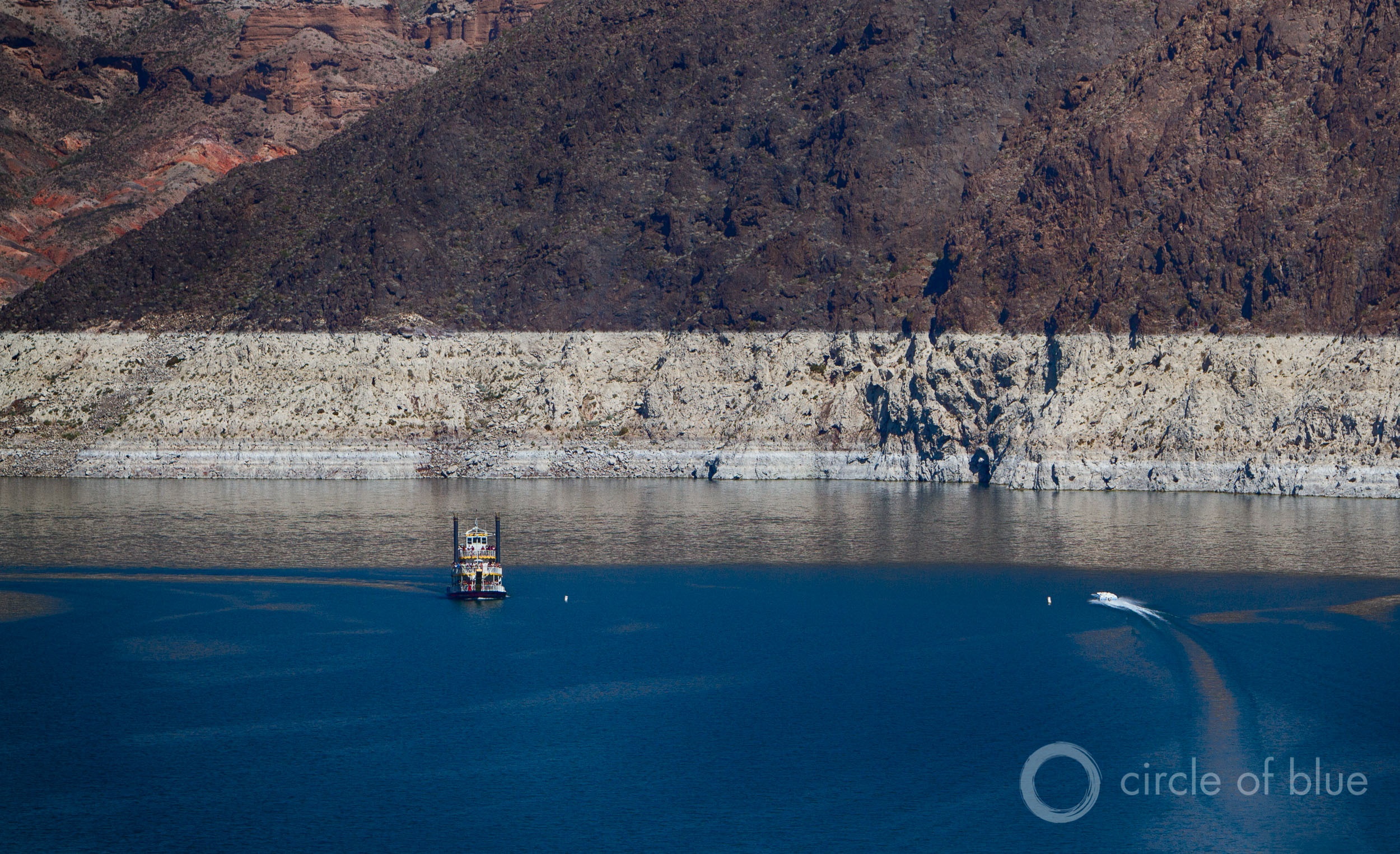
Mineral deposits on the canyon walls show where Lake Mead water levels used to touch. Photo © J. Carl Ganter / Circle of Blue
By Brett Walton, Circle of Blue
Now that the calendar has flipped to January 2021, it’s time to say goodbye to the mess of the past year, yes? The baggage from 2020 was discarded, left behind at the station when the clock struck midnight, right?
Appealing as that might be, the answer is no.
Far from being in the rearview, the upheaval of the last year will set the stage for the next 12 months and beyond.
The pandemic’s economic dislocation continues to reverberate among those who lost work. Severe weather boosted by a warming climate is leaving its mark in the watersheds of the Southwest. And President-elect Biden will take office looking to undo much of his predecessor’s legacy of environmental deregulation while also writing his own narrative on issues of climate, infrastructure, and social justice.
Unanticipated storylines will undoubtedly arise — who, a year ago, expected such tumult from a virus? — but some trends are known in advance. The contours of these four stories have already taken shape.
Water Scarcity in the Drying Colorado River Basin
The basin enters the new year with its vital signs flagging.
Almost the entire seven-state watershed is in an exceptionally severe drought, and the basin as a whole is becoming drier as the region warms. Combined storage in lakes Mead and Powell, the two massive reservoirs that regulate water supplies in the basin, is just over 40 percent of capacity. Or, in other terms, 60 percent empty. The near-term weather forecast is no better, with drought conditions expected through March. Dry ground and warm days mean that the soil and the air will cut into the melting snowpack that feeds rivers and lakes.
The daunting hydrological outlook is the backdrop for tough decisions about who gets water in a drying region. The seven basin states signaled their intent at the end of 2020 to begin renegotiating the operating rules for Mead and Powell. Current guidance expires in 2026.
Flexibility and collaboration have aided the basin so far. Those concepts will be tested again this year. The Colorado River Indian Tribes will try to move legislation through Congress to allow leasing of their huge Colorado River allocation in Arizona off of the reservation. In the upper basin, contentious proposals for new dams, expansions of existing dams, and more pipelines will encounter court challenges and permitting processes.
In the lower basin states of Arizona, California, and Nevada innovative deals could emerge. The seeds of one were planted late last year: a partnership between the Southern Nevada Water Authority and Metropolitan Water District of Southern California, two large urban suppliers, to jointly investigate expansion of recycled water use in the Los Angeles area. Bringing on a partner elsewhere in the basin opens the possibility of water swaps and more flexibility.
If politicians forget the imperative to act, Mead and Powell will be unmistakable reminders. The Bureau of Reclamation expects the amount of water stored in the reservoirs at the end of September to fall to the lowest level on record, just 36 percent full. Or, nearly two-thirds empty.
The Biden Administration’s Agenda
When President-elect Joe Biden takes office in the third week of January, the change in political direction will amount to policy whiplash.
Out with the Trump administration’s deference to big business, demurrals on climate change, and disposition to cut regulations. In with Biden’s commitment to climate action and stopping pollution in communities of color.
In laying the groundwork for his first term, Biden has rallied around the slogan Build Back Better, emphasizing pandemic response, economic recovery, environmental justice, and decreasing carbon emissions. For water, those priorities could play out in a number of ways, from investment in drinking water systems on tribal lands to cleaning up abandoned mines or stiffer regulation of toxic PFAS compounds. Reviewing regulations that have already finalized, such as the rule defining which water bodies are protected under the Clean Water Act, will take more time.
The outcome of the Senate runoffs in Georgia on January 5 will determine, to a large extent, the legislative constraints Biden will face in enacting his agenda. If Republicans hold the Senate, more governing will be done by executive order. Democratic control of both chambers of Congress would open the door to a more expansive pandemic relief package and infrastructure spending. In that scenario, the extent of such measures will be a negotiation between the party’s moderate and progressive wings.
The Growing Burden of Customer Water Debt
Overdue water bills were a problem for millions of Americans even before the pandemic.
With the health emergency entering its tenth month, the ranks of those who owe money to their water departments has grown considerably, especially for poorer households. How to rein in those debts and maintain service to struggling customers will be a key question for water utilities, whose financial outlook is generally very strong, analysts say.
Many utilities, acting unilaterally or according to state orders, stopped shutting off water in March to households that were behind on their bills. Many also halted late fees. While the moratoria helped to keep water flowing during the health emergency, they also caused past-due balances to rise. Without a penalty for not paying bills, a growing number of households are falling farther behind.
Congress stepped in with stopgap funding, approving $638 million for water-debt relief as part of the budget deal at the end of December. Distribution of that aid, which is far less than what is needed, will happen in 2021.
Because Congress provided little guidance on how the first-ever federal water bill assistance program would be rolled out, states, tribes, and utilities will be in the driver’s seat. Expect more discussion of extended payment plans, debt forgiveness, and bill assistance as utilities seek to understand the scope of the debts and identify households in need.
PFAS Lawsuits
Litigation over toxic PFAS compounds found in rivers, lakes, and groundwater is already active. Lawsuits are likely to continue at a brisk pace, especially if the Biden administration designates the compounds as hazardous substances under federal environmental cleanup statutes.
One legal action to watch is a lawsuit filed by 11 water districts and cities in Orange County, California. Seeking compensation for the cost of cleanup and treatment, the districts sued DuPont, 3M, and Decra Roofing for contaminating groundwater and surface water with PFAS compounds.
DuPont and 3M manufactured the chemicals, but Decra did not. The company used them in its roofing products. Only one previous PFAS lawsuit has targeted a company who was not a chemical manufacturer. In that case, Wolverine World Wide, a shoe maker, settled with the state of Michigan for $113 million.
According to one lawyer who has litigated PFAS cases, the Wolverine settlement and the recent Orange County lawsuit should be “eye-opening and concerning for manufacturing companies.”
Brett writes about agriculture, energy, infrastructure, and the politics and economics of water in the United States. He also writes the Federal Water Tap, Circle of Blue’s weekly digest of U.S. government water news. He is the winner of two Society of Environmental Journalists reporting awards, one of the top honors in American environmental journalism: first place for explanatory reporting for a series on septic system pollution in the United States(2016) and third place for beat reporting in a small market (2014). He received the Sierra Club’s Distinguished Service Award in 2018. Brett lives in Seattle, where he hikes the mountains and bakes pies. Contact Brett Walton

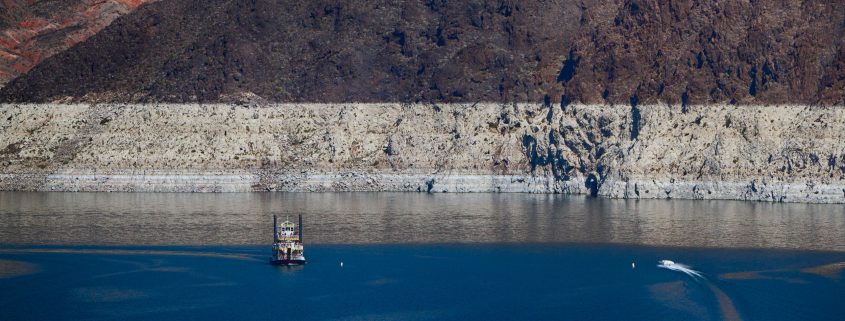


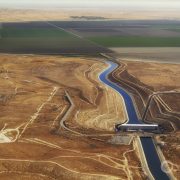



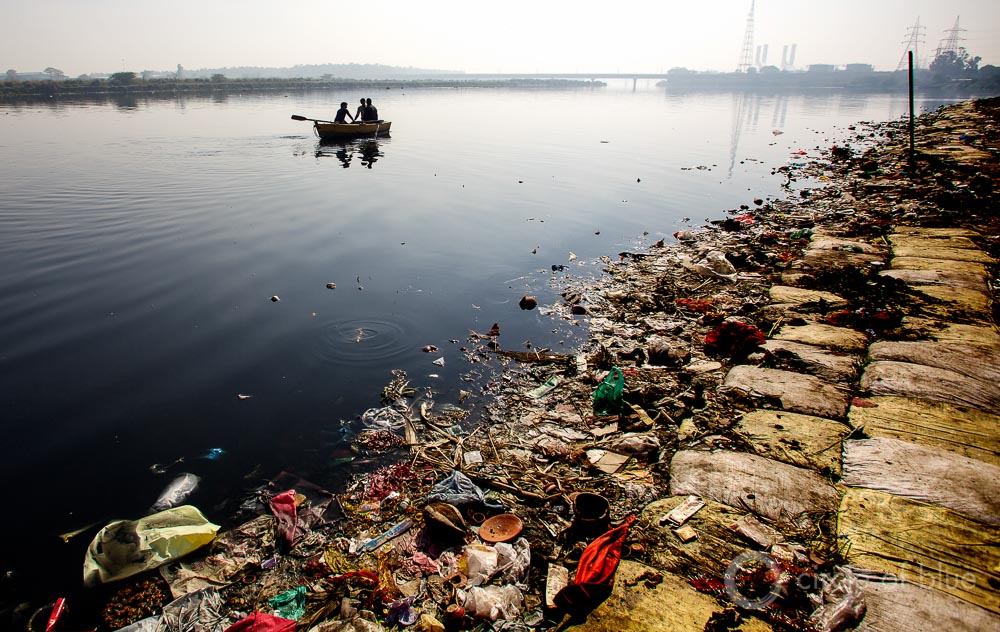

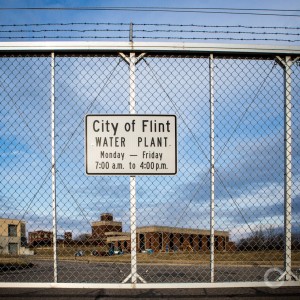

Leave a Reply
Want to join the discussion?Feel free to contribute!